If you seek her as silver,
And search for her as for hidden treasures;
Then you will understand the fear of the LORD,
And find the knowledge of God. I guess it is the treasure hunter principle
Proverbs 2:4-5 (NKJV)
I guess it is the treasure hunter principle mentioned in Proverbs 2 that is at work in me and gives me a thrill when I come across an obscure but richly illuminating bit of God’s wisdom in scripture. The first time that ever occurred was when I encountered the person of Obed-Edom in 2 Samuel 6.
This is an excerpt from the book Understanding Prayer and Worship, part 3 in my series Building the Holy Place. All four books in this series are now available at Amazon.com.
For those unfamiliar with the story, 2 Samuel opens with the conclusion of Israel’s civil war between those loyal to David and those loyal to the recently deceased Saul. Once he took the throne, young King David set about in one of his first official acts to bring the Ark of the Covenant to the nation’s capital in Jerusalem. The king is basically announcing his priorities and the tone of his new administration with this act. And who could ask for more! For generations, the Ark of the Covenant was housed elsewhere. In the chaos of the times, marauding Philistine militias even briefly captured the ark for a short season. Now, King David wants to bring the people back to worship and the presence of God back to the people!
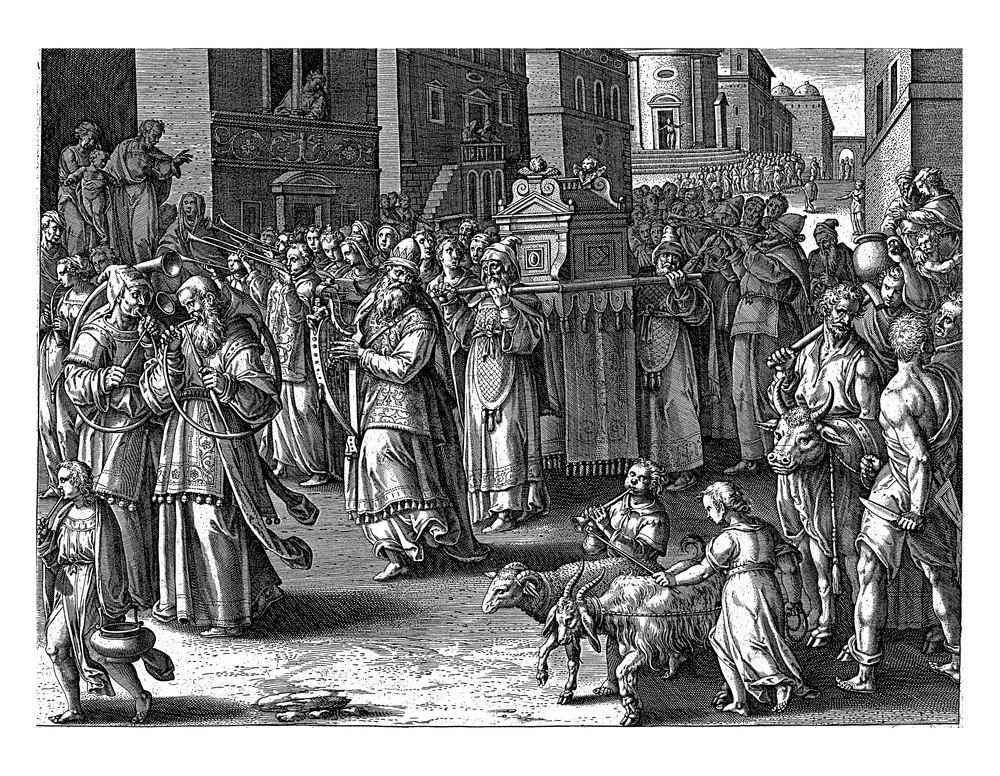
King David tries to bring the Ark of the Covenant to Jerusalem.
So off he goes to bring the Ark of the Covenant to Jerusalem. Amid a rousing band of worship and celebration, David ordered the Ark of the Covenant placed upon a cart pulled by two oxen, and the transport to Jerusalem began. Everything seemed to be going fine until, at one point in the journey, the oxen stumbled, the cart shook, and the sacred Ark of the Covenant began to topple. A well-meaning young man by the name of Uzzah[1] reached out to steady the Ark of the Covenant and, in an instant, fell dead. He violated the standards of God by touching the Ark of the Covenant. God, without tolerance, struck the young man down.
This is where the story gets interesting.
David was incensed by the death of Uzzah. His intentions were right. His motives were good and holy. The former King Saul had all but abandoned the Ark of the Covenant. Why was God expressing such severity on the basis of a technicality?
David was afraid of the LORD that day; and he said, “How can the ark of the LORD come to me?” So David would not move the ark of the LORD with him into the City of David; but David took it aside into the house of Obed-Edom the Gittite. The ark of the LORD remained in the house of Obed-Edom the Gittite three months. And the LORD blessed Obed-Edom and all his household. 2 Samuel 6:9-11 (NKJV)
David gave up, at least temporarily. Strangely, the action of Uzzah was a violation worthy of death in the eyes of God, yet He tolerated the storage of the Ark of the Covenant at the house of Obed-Edom for three months.
Obed-Edom was a Gittite. That meant he was from Gath, a gentile from the same city that the Philistine giant Goliath was from. Nothing is mentioned about Obed-Edom’s actions while the Ark of the Covenant remained with him. Still, it is safe to assume he refrained from touching it after hearing about what occurred with Uzzah, and he likely maintained a level of fear and trembling in its presence. This was the renowned throne of God meant to be set in the Most Holy Place, after all. We can also assume that Obed-Edom, based on a healthy fear of the Lord, offered regular worship and reverence to God before the Ark of the Covenant. He was a God-fearing gentile who did not ask for this predicament but exercised considerable determination in how he responded.

For three months, God blessed this gentile’s household as the symbol of the presence of God sat in the house of Obed-Edom. The blessings of God on Obed-Edom’s home were so significant and blatant that they even captured King David’s attention and roused him from his frustration toward God.
Now it was told King David, saying, “The LORD has blessed the house of Obed-Edom and all that belongs to him, because of the ark of God.” So David went and brought up the ark of God from the house of Obed-Edom to the City of David with gladness. And so it was, when those bearing the ark of the LORD had gone six paces, that he sacrificed oxen and fatted sheep. Then David danced before the LORD with all his might; and David was wearing a linen ephod. So David and all the house of Israel brought up the ark of the LORD with shouting and with the sound of the trumpet. 2 Samuel 6:12-15 (NKJV)
Obed-Edom’s worship and God’s response to this man who was not even a member of the tribe of God’s chosen people shifted things in the spirit realm and provoked action in the natural realm. David repented. David studied up in the Word of God and realized God never authorized the Ark of the Covenant to be moved by oxen. Only the Philistines had ever done that. God’s prescriptions for transporting the Ark of the Covenant were pretty specific and involved members from the priestly tribe of Levites carrying it on their shoulders. David returned to his original desire to worship God, but this time he did it in the correct pattern. All along the way, he offered sacrifices and celebrated God. The people celebrated with him. An environment of worship and praise transfixed the city as the Ark of the Covenant was carried into Jerusalem. This is the passage of scripture and the occasion for worship that immediately precedes David explaining to his wife, I will become more undignified than this.
That is where most people familiar with the story of Obed-Edom end, but the story continues deep inside the details of the construction and establishment of the Temple of God under David’s successor King Solomon. After Solomon built and dedicated the temple, specific duties and roles were given to the various Levites and their families within the Temple. Each priest carried out a particular task, giving his life to it so that the Temple of God would become renowned among the nations as the place where God met and spoke with His people. It was this well-ordered system of operations and worship that the Queen of Sheba witnessed, and it took her breath away (1 Kings 10).
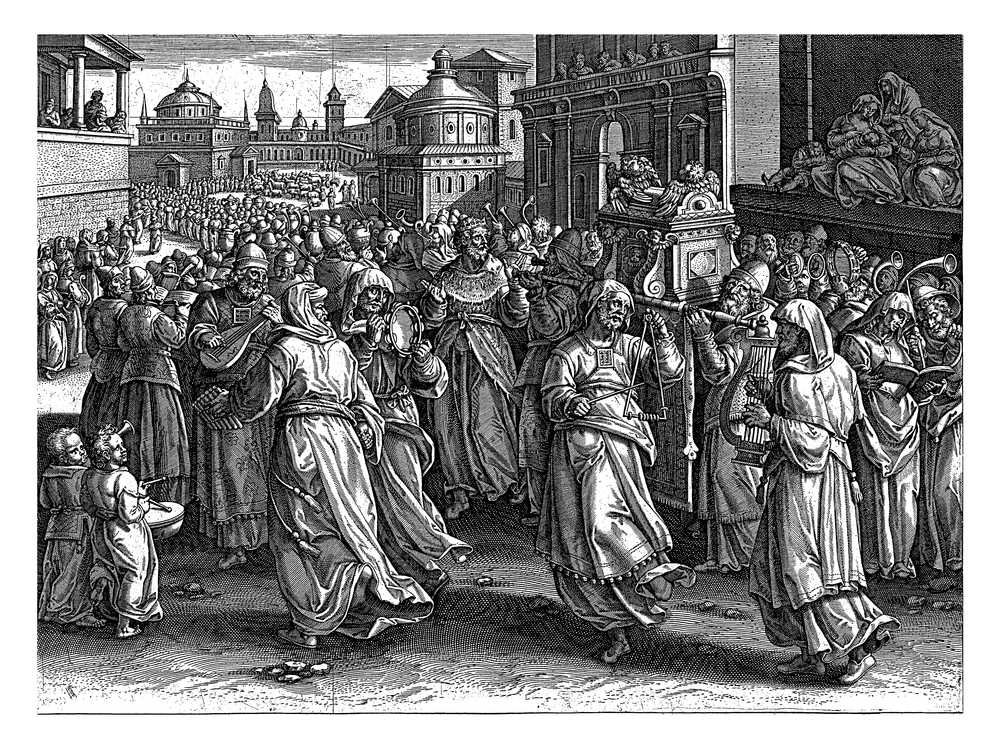
The Ark of the Covenant is carried in a procession to the Temple of Solomon. King Solomon walks ahead of the Ark. Sung from music books and played on trumpets, vintage engraving.
Deep within the assignment and description of these priestly duties was the role of the gatekeepers, the ones who managed who went in and out of the house of God.
Concerning the divisions of the gatekeepers: of the Korahites, Meshelemiah the son of Kore, of the sons of Asaph. And the sons of Meshelemiah were Zechariah the firstborn, Jediael the second, Zebadiah the third, Jathniel the fourth, Elam the fifth, Jehohanan the sixth, Eliehoenai the seventh. Moreover the sons of Obed-Edom were Shemaiah the firstborn, Jehozabad the second, Joah the third, Sacar the fourth, Nethanel the fifth, Ammiel the sixth, Issachar the seventh, Peulthai the eighth; for God blessed him. Also to Shemaiah his son were sons born who governed their fathers’ houses, because they were men of great ability. The sons of Shemaiah were Othni, Rephael, Obed, and Elzabad, whose brothers Elihu and Semachiah were able men. All these were of the sons of Obed-Edom, they and their sons and their brethren, able men with strength for the work: sixty-two of Obed-Edom. 1 Chronicles 26:1-8 (NKJV)
Somehow, the sons of the gentile Gittite Obed-Edom were included among the ranks of the Levites who looked after the operations in the house of worship. The Bible does not detail how that was possible or how that came about. All we know is that it did. When Obed-Edom guarded and protected the presence of God when the Ark of the Covenant was stored at his house, he became intimately associated with it, and so did his descendants. His relationship with the presence of God changed his relationship with the children of God. Even more, he and his descendants stood as an icon at the doorway to God’s house of worship, inviting the rest of the world to follow in their footsteps.

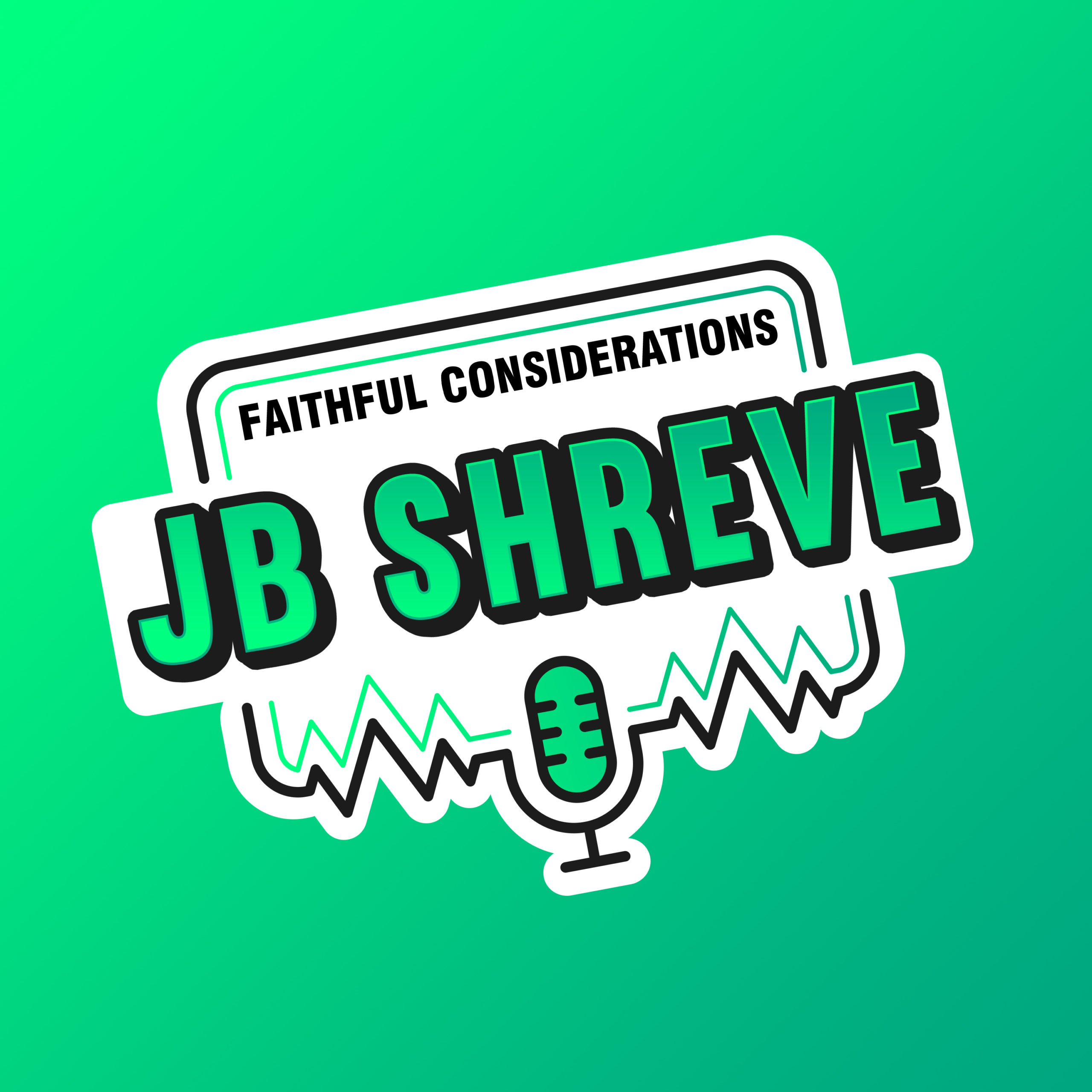

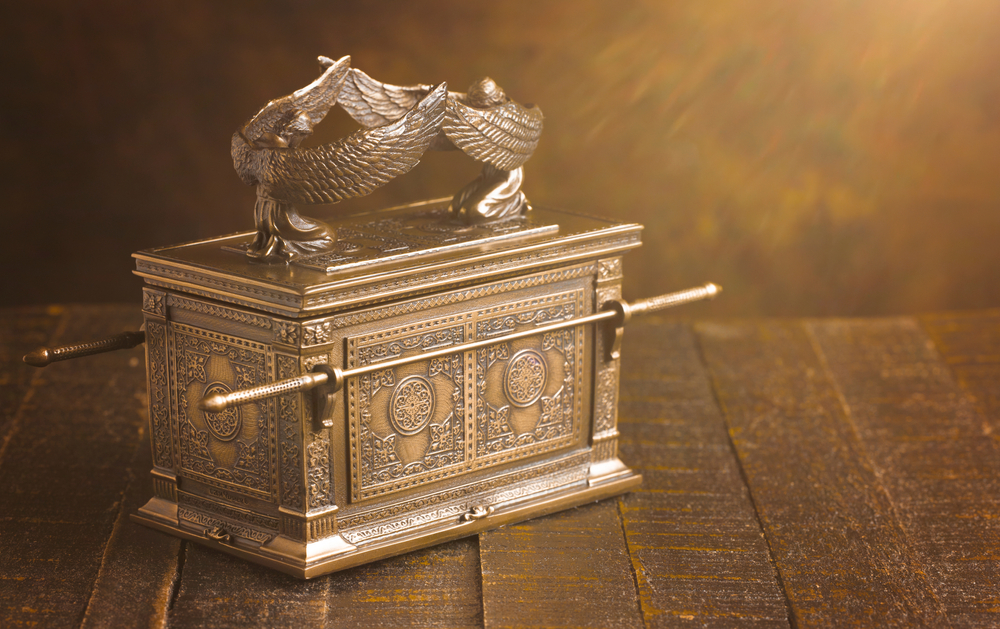
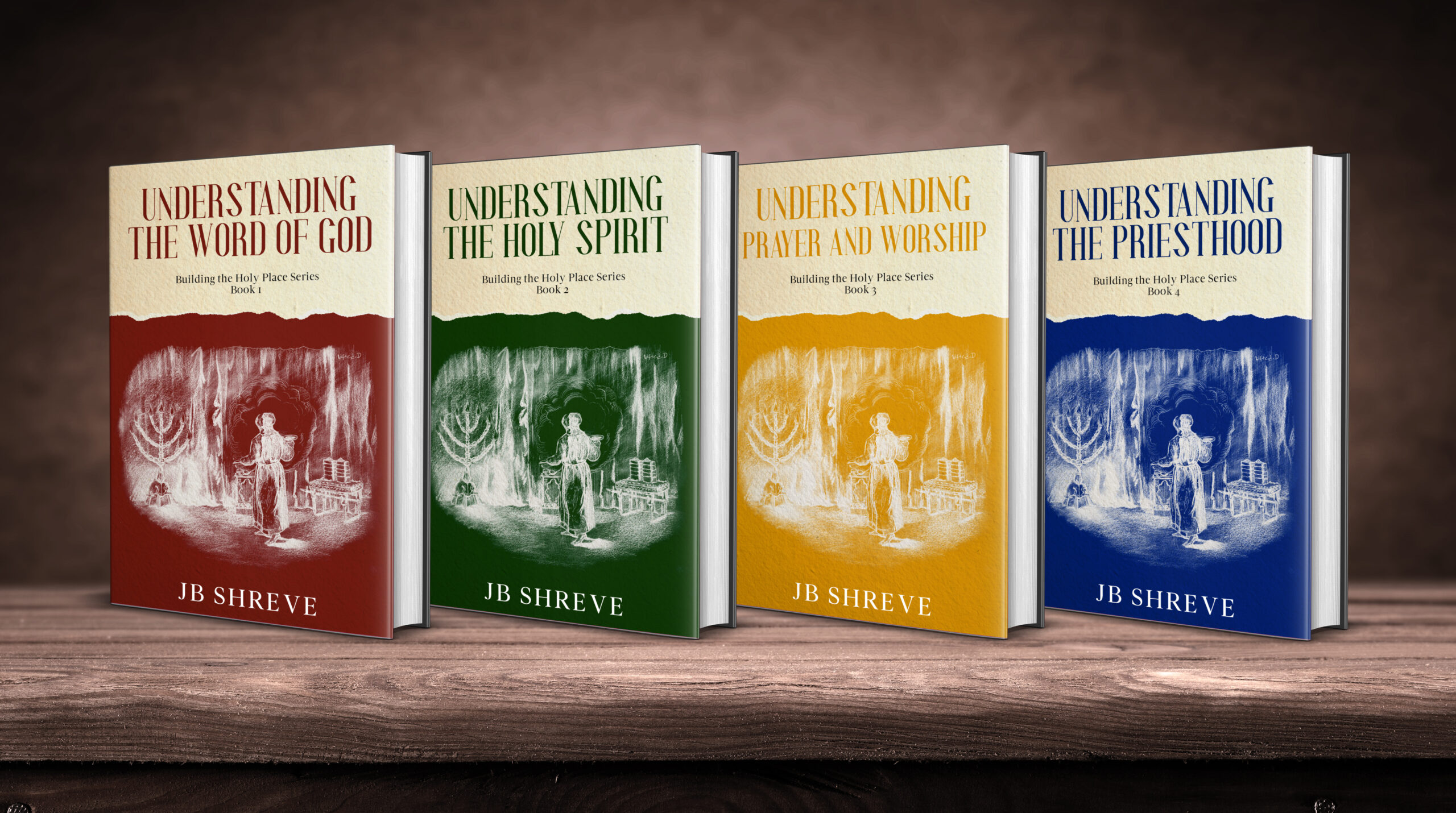
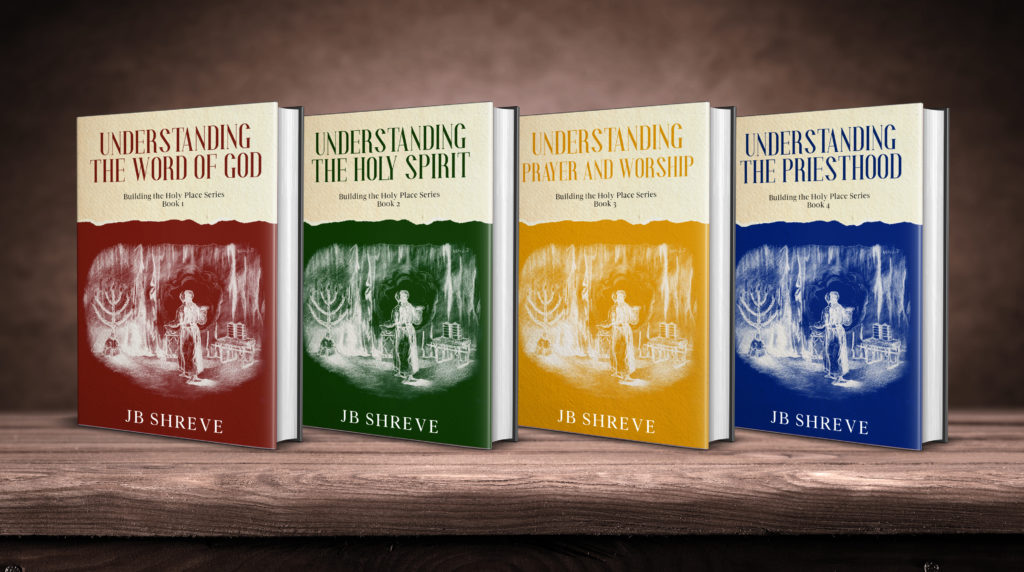



What do you think?
Show comments / Leave a comment